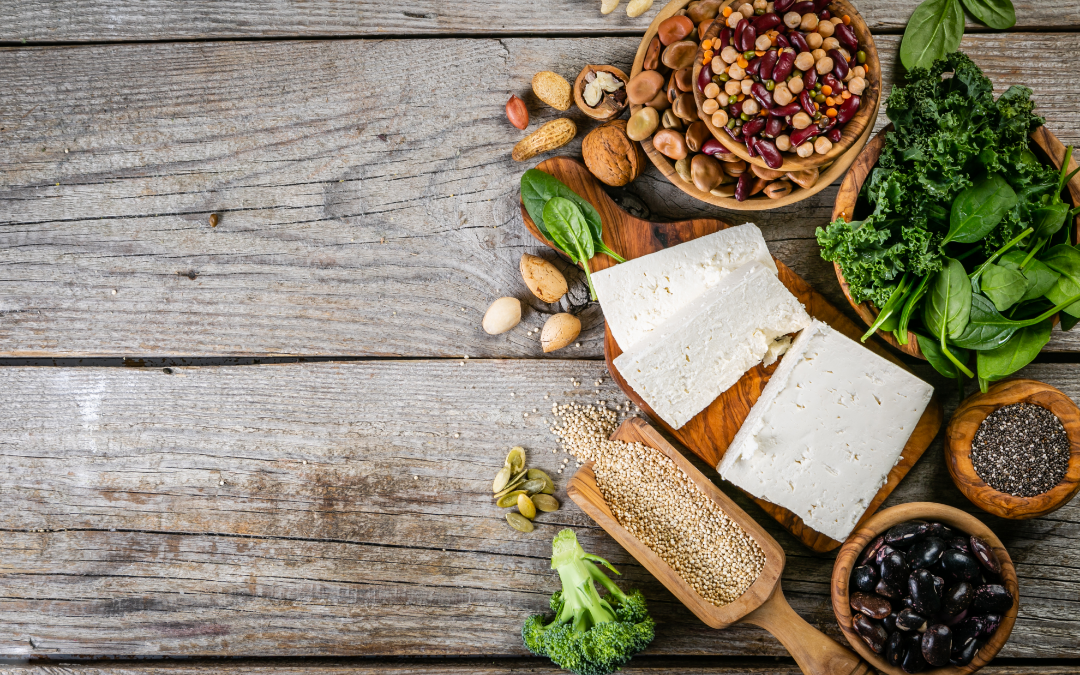Protein is an important part of a healthy and balanced diet. It is an essential nutrient that the body needs to build and repair tissues. When you think of protein, meat and animal products come to your mind. But if you are not a big meat eater, you have a lot of other options to make sure you consume the recommended amount of protein that your body needs.
While animal products like meat, eggs, and fish are usually considered the main protein sources, many plant-based protein sources can also fulfill your body’s protein requirement.
High protein plant-based sources are not only an excellent source of protein but also a rich source of fiber, carbohydrates, fats, and vitamins, and minerals. Moreover, plant-based proteins do not contain some of the unhealthy compounds such as cholesterol and saturated fat found in meat.
Beans and Legumes
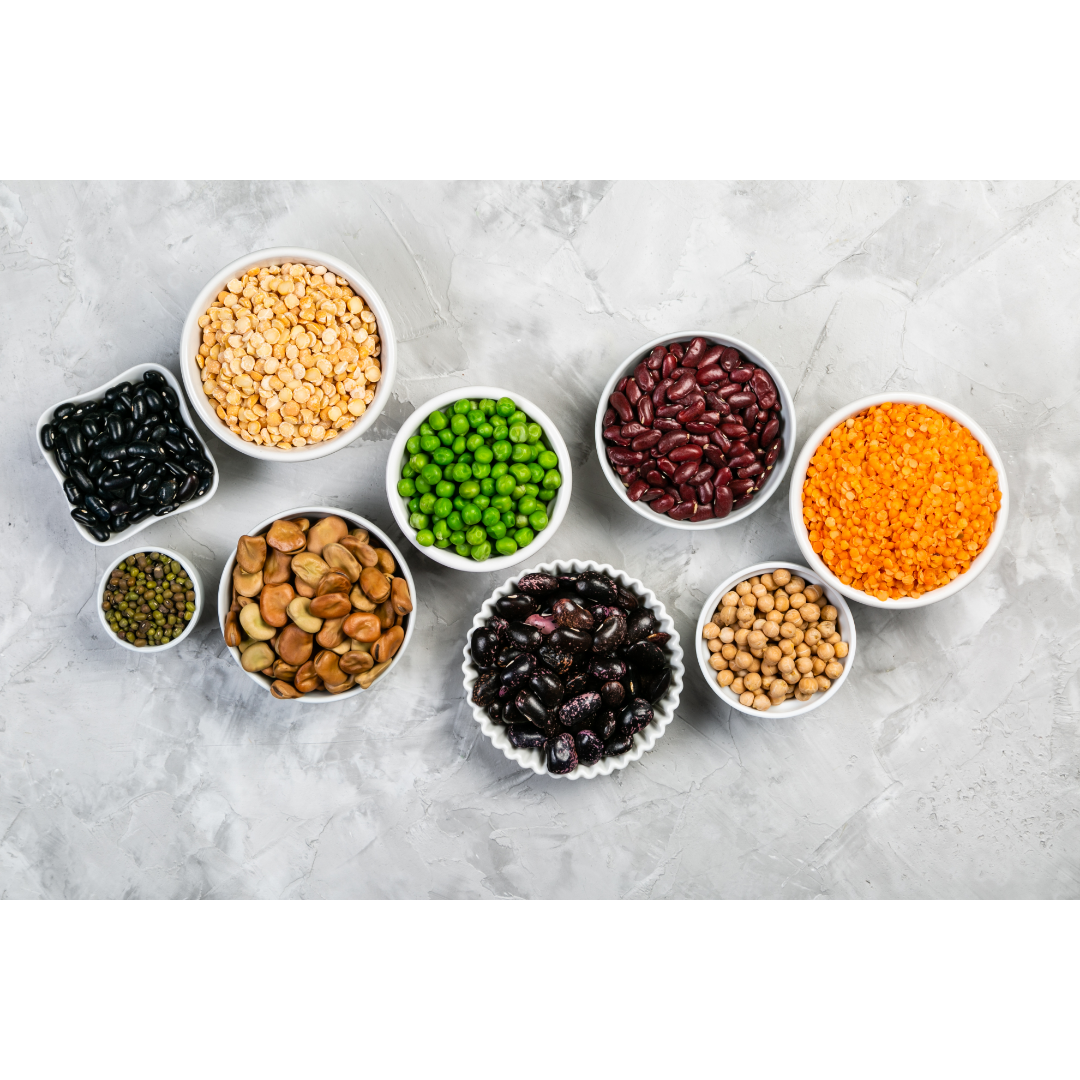
Lentils
Lentils are a common food staple in North African and Asian cuisines. There are many varieties of lentils but green, yellow, and red are most widely consumed. Brown lentils have an earthly flavor. Yellow and red lentils are split and cook quickly. It should be noted that lentils both red and green contain a lot of protein, fiber, vitamin B, and other nutrients such as iron, magnesium, and potassium. They can be added to stews, rice, curries, and salads to give an extra dose of protein.
Lentils are made up of over 25% protein, making them an excellent meat alternative. Additionally, they also contain several beneficial plant compounds called phytochemicals, many of which protect against chronic diseases such as Type 2 diabetes and heart disease.
Although different types of lentils provide different amounts of nutrients, one cup or 198 g of cooked lentils provide approximately 18 g of protein.
Chickpeas
Chickpeas are a great source of protein and fibers and are low in calories. One cup (164 g) of cooked chickpeas contains 14.5 g of protein. Chickpeas can also help decrease weight, risk factors for heart diseases and even cancer.
Green Peas
Peas are also a good source of protein and fiber, that may help curtail blood sugar and support a healthy gut. One cup of cooked peas (160 g) contains roughly 8.2 g of protein.
Kidney beans
Kidney beans are high in fiber and help reduce blood sugar levels. One cup (256 g) of cooked kidney beans contains approximately 13.4 g of protein.
Black beans
Black beans are also a great source of protein, fiber, and folate. One cup (172 g) of cooked black beans contains approximately 15.2 g of protein.
Soybeans and Soy Products
Soybeans and soy foods are high-quality protein and can be immensely beneficial to your health. They can decrease the risk of cardiovascular diseases, some cancers, and also improve bone health. In addition, soy products contain good levels of iron and calcium and are a healthy substitute for dairy products.
Soy is very popular among vegetarians and people who have vegan diets because of its high protein content and its ability to be processed into meat substitutes and milk. One cup or 172 grams of boiled soybeans contains 16.6 grams of protein.
Soybean is among the few plant foods that contain all essential amino acids similar to those found in meat. Furthermore, soybean is high in fiber and protein, low in saturated fat, and also a good source of antioxidants. Soy can be consumed in two forms- fermented and unfermented. Fermented foods include tempeh, miso, natto, and soy sauce. Unfermented foods include tofu, edamame, and soymilk.
Soybean contains mainly two types of protein – glycinin and conglycinin. These proteins can trigger allergic reactions in some people. Some popular soy products are discussed below.
Tofu
Tofu is made from bean curds just as the process of cheese making. It does not have much taste and absorbs the flavor of the ingredients it is cooked with. Half a cup of tofu contains 10 g of protein.
Edamame beans
Edamame beans are whole immature soybeans. They have a sweet and grassy flavor. They are among the best plant-based protein. One cup or approximately 155 grams of edamame gives 18.5 grams of protein. They can be steamed and boiled before eating. They can be eaten on their own or added to soups and salads.
Tempeh
Tempeh is a traditional Javanese soy product and has a distinct tang and nutty flavor. It is chewy and makes an amazing alternative to bacon. 1/2 cup of tempeh contains 15 g of protein.
Grains
Grains like corn, quinoa, rice, millet, wheat, and oats are high in protein. They are a versatile food and can be easily incorporated into your breakfast, lunch, and dinner. Grains are delicious and filling.
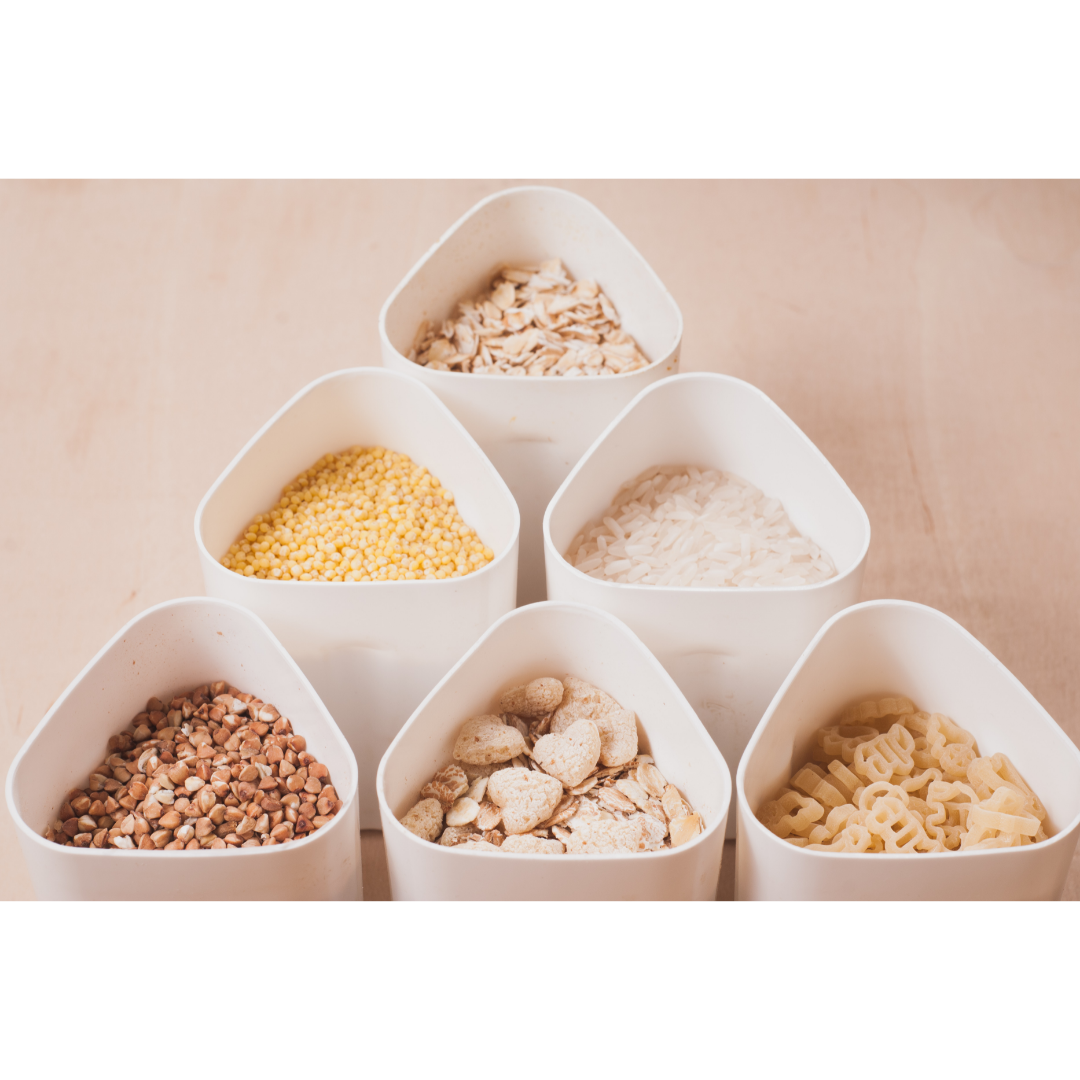
Quinoa
It has high protein content, is gluten-free, and a complete protein. Quinoa is rich in other nutrients including magnesium, iron, fiber, and manganese. It can be sprinkled on salads, and could also be eaten as the main course. One cup of cooked quinoa contains 8 grams of protein. Quinoa is deemed as a plant-based complete grain and is highest in all essential amino acids. When some plant sources are missing certain essential amino acids, then these need to be consumed through other foods.
Couscous
Couscous contains wheat and is made from the small steamed balls of crushed durum wheat semolina. It is low in fiber but high in complex carbohydrates. Couscous is usually consumed as a side dish and is also served on top of foods such as stew and chicken. Half a cup of cooked couscous contains 5 grams of protein.
Oats
Oats are another popular type of high-protein grain. One cup of cooked oats contains approximately 6 gm of protein. Oats are also a source of complex carbohydrates, fiber, zinc, magnesium, and iron. They are low in fat and calories and are, therefore, have become popular in various types of diets.
Millets
Millets have a mild and slightly sweet taste. It is gluten-free and can be used to make porridge, salads and stir-fries, and uncooked bread recipes for crunch. One cup of cooked millet provides 6 grams of protein. Millet is also a good source of iron and some B vitamins.
Seeds
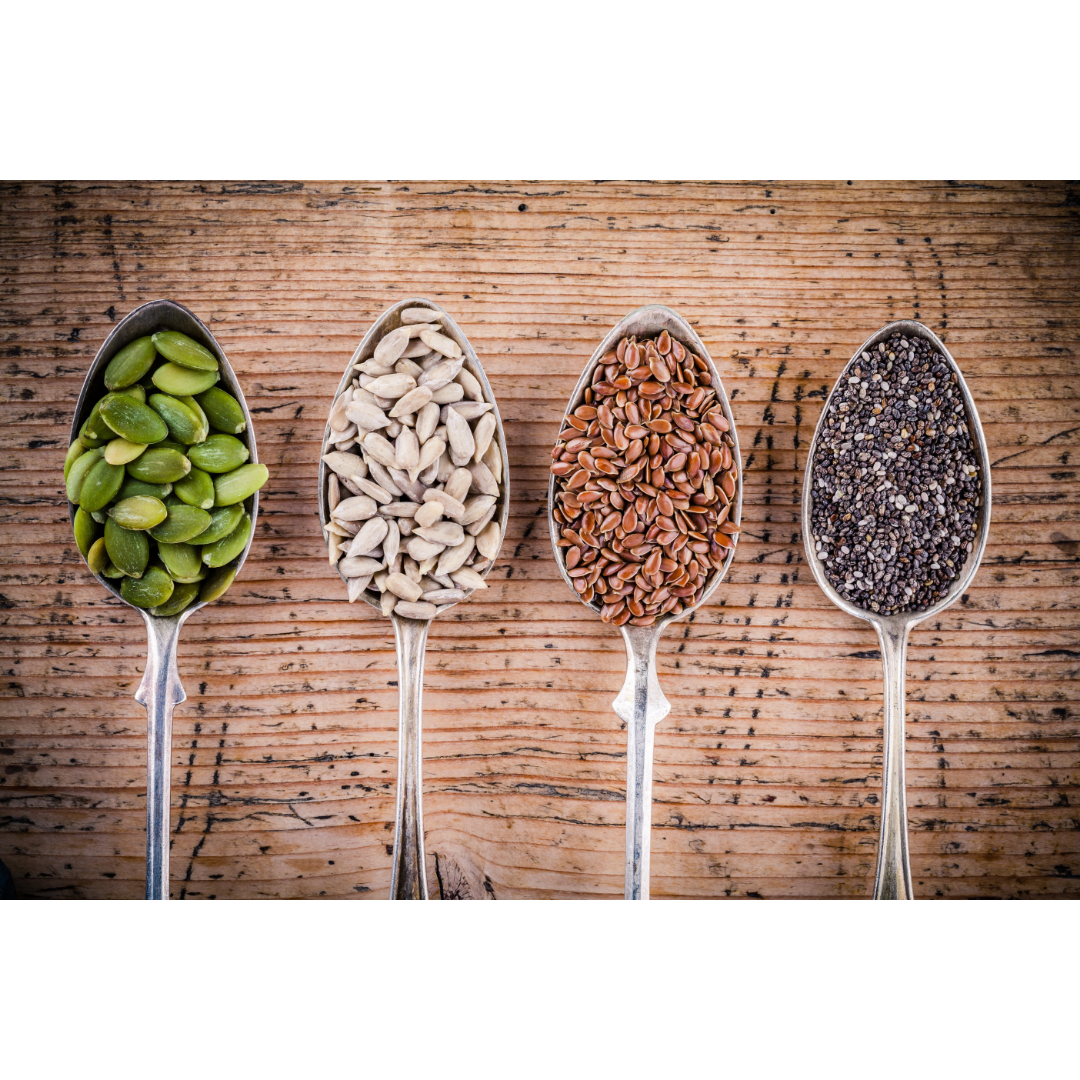
Seeds are also a source of fiber, monosaturated fats, polyunsaturated fats, vitamins, minerals, and antioxidants. Some of the seeds with the most protein are pumpkin seeds, hemp seeds, sunflower seeds, flax seeds, sesame seeds, and chia seeds. These seeds contain alkaline protein and have more protein and minerals than nuts. They are higher in most amino acids and many of them are complete proteins. Seeds are extremely versatile and can very easily be added to a variety of dishes.
Nuts

Nuts make a yummy protein-rich snack and a wonderful addition to meals. They are a good source of plant-based protein and also contain healthful fats. Nuts increase feelings of fullness and help you stay energized and full for longer. You can eat nuts any time of the day as a snack.
Nuts are beneficial for our health, but nuts are high in calories, and eating large quantities throughout the day can cause weight gain. Nuts can also cause allergies in some people and even upset the digestive system. If you experience any of this then you may have an intolerance to them. and therefore should not eat them.
Following is the nutrient database of some nuts (100 g) according to the United States Department of Agriculture:
Peanuts – 25.80 g
Almonds – 21.15 g
Pistachios – 20.16 g
Cashews – 18.22 g
Walnuts – 15.23 g
Hazelnuts – 14.95 g
Green vegetables
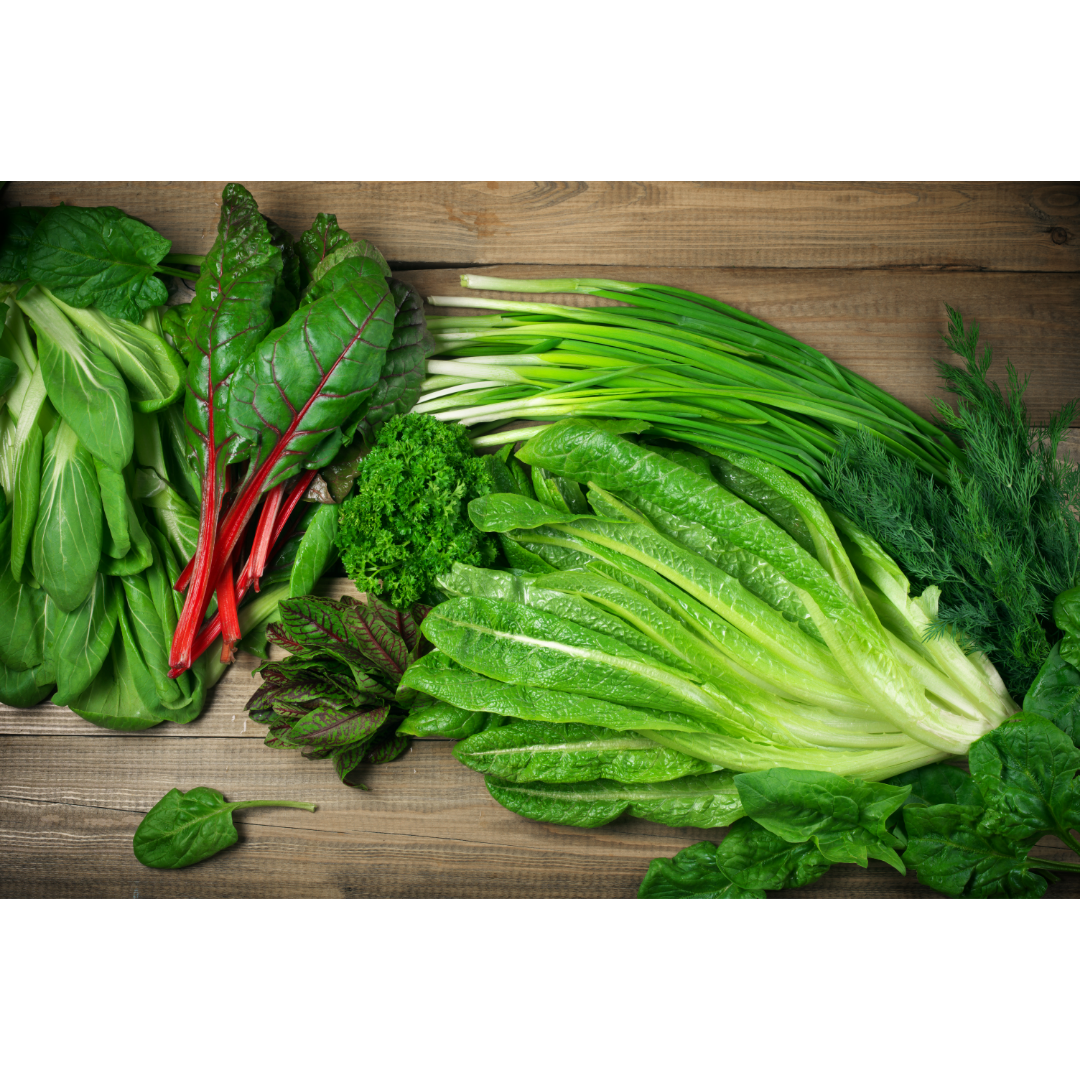
There are plenty of protein-rich green vegetables which can be enjoyed as side dishes or in various recipes for a filling main course.
Spinach
Spinach contains the protein which has all essential amino acids. 100 g of spinach contains approximately 2.9 g of protein. It is also a good source of folate, Vitamin A, and C, magnesium, iron, and potassium. In addition, eating spinach is also associated with a reduced risk of some type of cancers.
Asparagus
Asparagus is also one very popular vegetable. 100 g of asparagus contains 2.4 g of protein.
Alfalfa Sprouts
Alfalfa sprouts are low in calories but dense in nutrients. 100 g of alfalfa sprouts provides roughly 1.3 g of protein.
Collard Greens
Collard greens are from the same family as broccoli, kale, and cauliflower. They are dark green, loose leafed vegetables. 100 g of collard greens give 3 g of protein.
Broccoli
Broccoli is considered to contain protein with all essential amino acids. 100 g of broccoli provides 2.8 g of protein.
Brussel sprouts
Brussel sprouts are a good source of protein, vitamins, and fibers. 100 g of Brussel sprouts contains 3.4 g of protein.
How to include plant-based proteins in your diet?
All the proteins, both animal or plant proteins are made up of a chain of amino acids. Animal proteins are considered complete proteins as they contain all the 9 essential amino acids, required by your body to support the protein tissues in the body. To utilize plant proteins properly, you should eat complementary proteins at the same time. For example, you can eat rice and beans together because the amino acids missing in beans are found in rice.
It is important to provide your body with a varied spectrum of amino acids, vitamins, minerals, antioxidants and have a diverse and nutritious diet. So, mix up your meals, snacks, incorporate veggies, fruits, lentils, grains, pulses, nuts, and seeds. Below are given some ways you can add plant proteins to your diet:
-
Trade your meat for a plant alternative like beans and legumes.
-
Add peanut butter or hummus to your protein list.
-
Eat hummus not only as a dip but as a sandwich spread.
-
If you love smoothies blend some plant proteins like edamame, tofu, and chickpeas.
-
Replace meat in stir-fries with tofu and tempeh, and beans and lentil filling in tacos.
-
Just like a scrambled egg, you can make scrambled tofu with onions, tomatoes, peppers, chili powder, and few other spices.
-
You can add nuts and spices to your smoothies, sprinkle them over sauteed vegetables or avocado toast, stir-fries, on salads in dips, and spreads. Apart from this, you can have nut milk like almond milk, cashew milk, and hazelnut milk. Nuts can boost your food’s nutrient and protein content and also make them more filling.
-
Start your day with a delicious green drink. Make yourself some green juice with vegetables like kale, cucumber, celery, and also add green apple, lemon, and ginger.
-
You can add spinach to your pesto recipe along with basil. In addition to this, pile a handful of arugula or spinach onto your pizza.
-
Also, put your green veggies in your soup, pasta, pies, tarts, tuck them in tacos, make them into stir-fries, or use them as a base for your wraps.
-
Have a whole grain breakfast cereal or oatmeal.
-
You can also have whole grain as a snack like popcorns, whole wheat, or rye crackers.
-
Have quinoa as a side dish instead of rice.
-
Choose whole grains when selecting buns, breads, pasta, tortillas, bagels, and other grains.
The Takeaway
To summarize, becoming vegetarian or vegan entails some planning. Knowing about the right plant-based protein diet, you can avoid animal products and eat a balanced diet. Additionally, it is important to discuss your dietary portions with a nutritionist or a doctor as a vegetarian or vegan diet may lack some essential nutrients, making the use of dietary supplements necessary. Also, you will have to learn how to include certain foods that are rich in these nutrients.

